If you're a parent in Delhi, Mumbai, or any Indian city right now, you've probably watched your child cough more than usual this winter. The air outside is thick, the AQI app on your phone stays red for days, and you're wondering if that air purifier everyone's talking about is really worth it.
The Number One Thing Experts Warn About: Ozone
Before we talk about what to buy, let's talk about what to avoid. This is critical.
Health experts strongly warn against using ionic air purifiers or ozone generators in homes with children because these devices can produce ozone, which damages developing respiratory systems. Children, along with those who have asthma or respiratory diseases, are especially vulnerable to health problems from breathing ozone.
Some purifiers claim to "ionize" or "energize" your air. They sound fancy, but exposure to ozone can trigger asthma complications, lead to more emergency room visits, and potentially cause permanent reductions in lung function for children.
Red flags to watch for:
- Products claiming "activated oxygen" or "energized air"
- Devices with ionizers or plasma systems
- Anything that has a sharp chlorine-like smell when running
- Claims about UV-C light being the main cleaning method (UV can kill microbes, but it does NOT remove PM2.5, so UV-only systems are not effective as primary air purifiers)
The EPA has declared ozone-generating air purifiers dangerous for both adults and children, stating that ozone can damage the lungs even in low quantities. Just don't buy them. Period.
Features That Actually Matter for Your Child's Room
1. True HEPA Filter (H13 or Higher)
This is the most important feature. Look for "True HEPA," not "HEPA-type" or "HEPA-like." There's a difference.
A True HEPA H13 filter captures very small particles, including PM2.5, which is what makes Delhi's air so dangerous in winter. The "True" part means it's been tested and certified. The other names are marketing tricks.
Note: HEPA filters remove particles; they do not remove gases. That’s why carbon filters matter.)
2. Activated Carbon Filter
HEPA filters handle particles, but activated carbon filters remove odors and harmful gases from sources like volatile organic compounds (VOCs) found in paints, cleaning agents, and furniture. If you cook at home or live near a busy road, this matters.
3. Proper Room Size Match
Don't buy a tiny purifier for a big room or vice versa. Check the CADR (Clean Air Delivery Rate) rating. For a typical kid's bedroom of 120-180 square feet, aim for a CADR of at least 200-300 m³/h. If the room is larger or connects to another space, go higher.
4. Quiet Operation
Your child needs to sleep through the night. Look for purifiers with sleep modes that run under 30 dB. Anything above 50 dB might disturb light sleepers. Many models now have night modes that dim lights and reduce fan speed automatically.
5. Real-Time Air Quality Display
Smart sensors that detect and display real-time air quality help you know when the purifier is actually working. When you see the numbers drop from red to green, you know your child is breathing cleaner air.
6. Easy Maintenance
You're already busy. Pick something where you can see when filters need changing, and where replacement filters are easily available in India. Some models need filter changes twice a year during heavy pollution months. Factor this cost in.
Budget Options That Work (Under Rs 10,000)
Not everyone can spend Rs 30,000 on an air purifier. That's okay. Several effective air purifiers under Rs 10,000 are now available in India that combine efficiency, smart features, and value for families.
Good budget choices for kids' rooms:
- Eureka Forbes Air Purifier 150: Three-stage filtration, suitable for rooms up to 200-300 sq ft. Simple to use, easy filter replacement.
- Qubo Q200: WiFi-enabled, works with Alexa and Google, covers 200 sq ft. Great for tech-savvy parents who want to monitor remotely.
- Honeywell Air Touch V3: Five-stage filtration, real-time PM2.5 display, covers 465 sq ft. Trusted brand with a good service network.
- OTEK 352A: Three-stage purification, removes 99.97% of pollutants, covers 280 sq ft. Advanced sensors and a child lock.
Note: Prices vary often. Always check current CADR, filter availability, and ozone-free design.
Mid-Range Picks (Rs 10,000-20,000)
If you can stretch your budget a bit:
- Philips AC0920/AC1711: Quiet operation (15-20 dB in sleep mode), real-time AQI display, app control. Philips models use medical-grade filtration and operate quietly, making them ideal for nurseries and children's bedrooms.
- Xiaomi Smart Air Purifier 4 Lite: 360° air intake, OLED display, app control with Alexa/Google support. CADR of 360-400 m³/h clears mid-size rooms quickly.
- Coway AirMega 150: Features a Green Anti-Virus HEPA filter and is designed specifically for Indian homes that suffer from high dust and allergen levels.
Things Parents Get Wrong
Mistake 1: Keeping windows open while running the purifier
The purifier is trying to clean the same air multiple times. If windows are open during high AQI hours, you're constantly bringing dirty air back in. Keep them closed when pollution is bad, and run the purifier continuously.
Mistake 2: Putting it in a corner or behind furniture
Air needs to flow freely. Place it at least a few feet from walls, away from curtains and large furniture.
Mistake 3: Forgetting pre-filter cleaning
Most purifiers have a washable pre-filter that catches large dust. Clean it every 2-4 weeks. When it's clogged, the whole machine works harder, and the main filter wears out faster.
Mistake 4: Turning it off after an hour
Indoor air accumulates pollutants constantly from cooking, movement, and outdoor air seeping in. For best results, especially during winter pollution, keep it running whenever your child is in the room.
Mistake 5: Thinking bigger means better
A compact purifier with strong airflow and proper HEPA filtration often works better than a large unit with poor engineering. Check CADR and filter quality, not just size.
How to Use It Right
Keep doors and windows closed when the outdoor AQI is high. Run the purifier on high speed for 20-30 minutes when you first turn it on to bring levels down quickly. Then switch to auto or sleep mode to maintain clean air quietly throughout the night.
India's average PM2.5 concentration was nearly 11 times higher than the WHO guidelines in 2024, making India the world's 5th most polluted country. Your child will spend 8-10 hours sleeping in their room. Making that air as clean as possible is worth the effort.
Conclusion
Air purifiers won't fix Delhi's smog or Bangalore's traffic pollution. But they can give your child one safe room to breathe easier, sleep better, and cough less.
What matters most:
- True HEPA H13 filter (not "HEPA-like")
- Activated carbon for gases and odors
- Proper size match for your room
- Quiet sleep mode
- Zero ozone production (avoid ionizers)
Start by checking your room size, set a realistic budget, and pick something from a brand with good service in your city. Whether you spend Rs 5,000 or Rs 20,000, the right purifier makes a real difference.
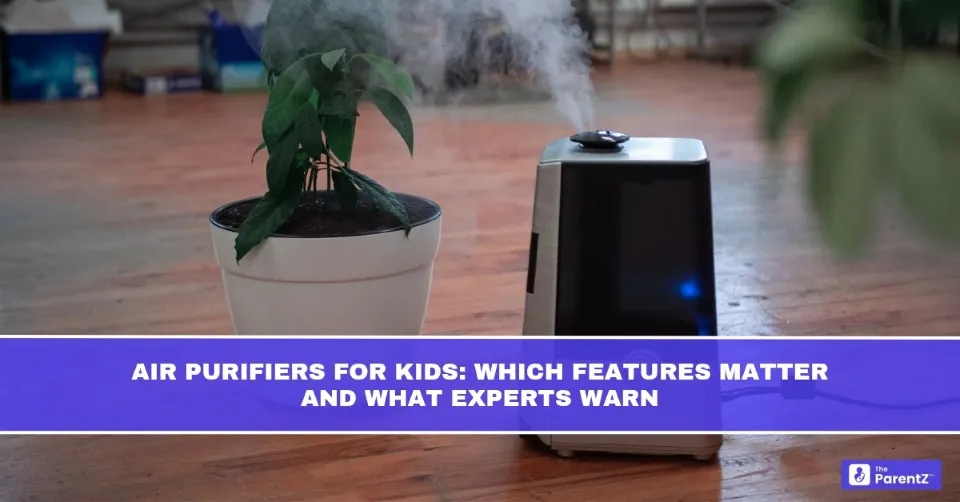


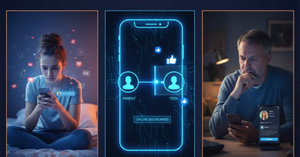
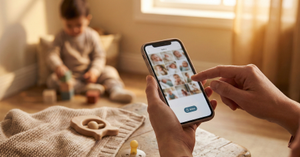
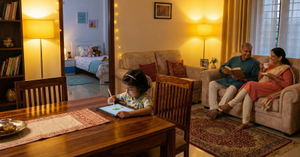
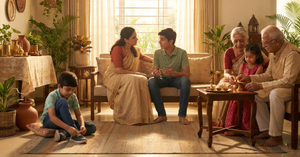
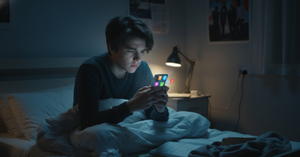
Be the first one to comment on this story.